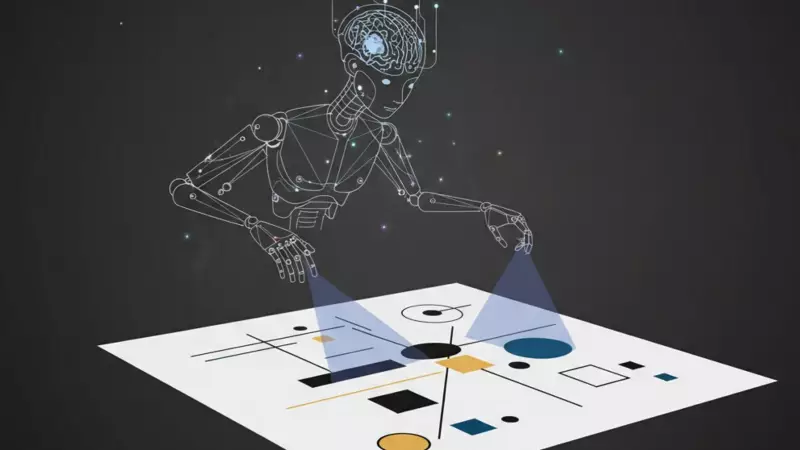
In a fascinating intersection of technology and artistry, computer scientist and musician Maya Ackerman has pioneered a revolutionary approach to creativity that blurs the lines between human and machine intelligence. Her journey represents a paradigm shift in how we perceive artificial intelligence's role in artistic expression.
The Birth of a Creative Partnership
While working on her PhD, Ackerman faced an unexpected creative block that would ultimately lead to a groundbreaking discovery. "I was stuck on a song," she recalls, "and out of sheer frustration, I decided to write an algorithm to help me." This moment of desperation sparked what would become a transformative collaboration between human creativity and machine intelligence.
From Technical Tool to Creative Partner
The initial algorithm, designed as a simple assistant, quickly evolved into something much more significant. Ackerman's system, which she named ALYSIA, began demonstrating capabilities that extended far beyond basic musical suggestions. The AI could generate melodic structures, harmonic progressions, and even lyrical content that complemented her own creative vision.
What began as a technical experiment soon produced remarkable results. Songs co-created with ALYSIA not only felt authentic but achieved professional recognition, winning awards and challenging preconceptions about machine-generated art.
Redefining the Creative Process
Ackerman's work challenges the traditional solitary artist narrative, instead proposing a collaborative model where human and machine intelligence enhance each other's strengths. "It's not about replacement," she emphasizes, "but about augmentation and partnership."
This approach has yielded unexpected benefits. The AI system can:
- Generate diverse creative options rapidly
- Provide objective feedback on compositional elements
- Help overcome creative blocks through alternative suggestions
- Expand the artist's creative palette with unfamiliar patterns
The Science Behind the Art
ALYSIA operates on sophisticated machine learning principles, analyzing vast databases of musical patterns and structures. However, Ackerman stresses that the technology serves the artist rather than dictates the creative direction. The human remains the curator, selecting and refining the AI's suggestions to align with their artistic vision.
Broader Implications for Creative Industries
Ackerman's success with ALYSIA points toward a future where AI collaboration becomes commonplace across creative fields. From writing and visual arts to design and beyond, the potential for human-machine creative partnerships appears limitless.
This technological advancement doesn't diminish human creativity but rather amplifies it, providing artists with new tools to explore uncharted creative territories. As Ackerman demonstrates through her work, the most exciting creative breakthroughs may come from embracing technology as a partner rather than fearing it as a replacement.
The story of Maya Ackerman and her creative machine represents more than just technical achievement—it signals a new chapter in the eternal human pursuit of artistic expression, where silicon and soul collaborate to create something truly extraordinary.





